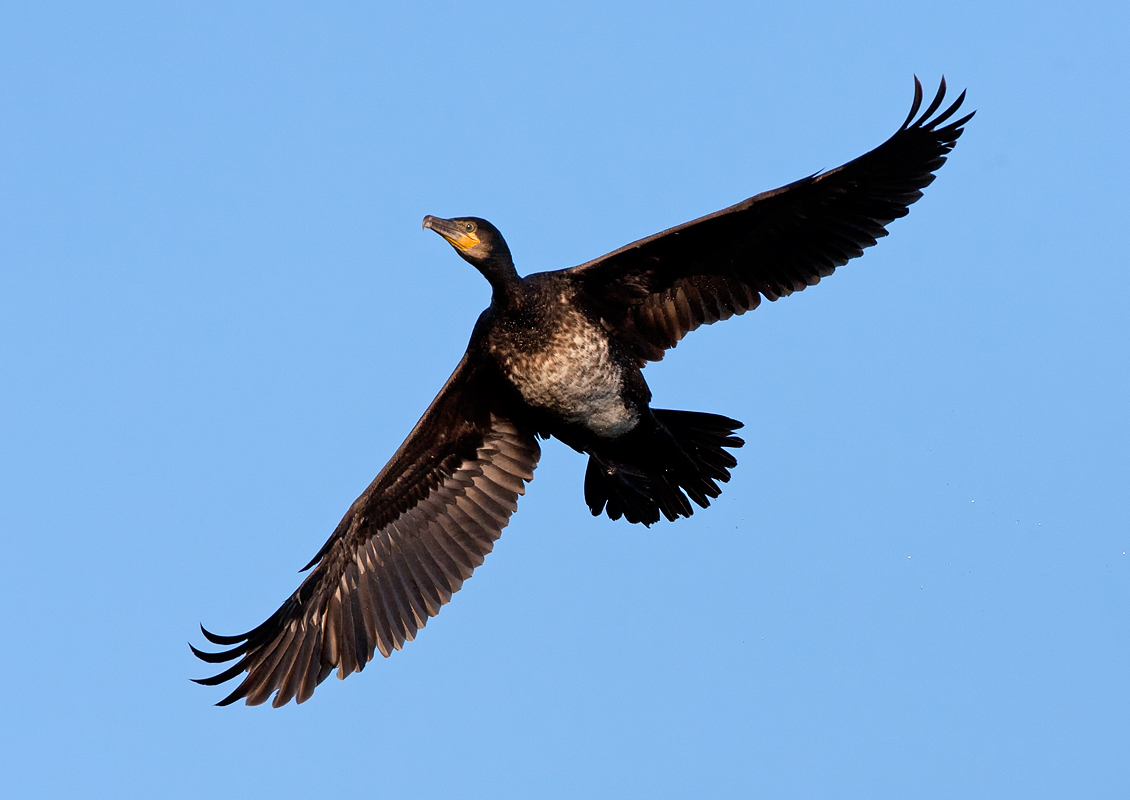Sickleholme Nature Notes
A few hiccups last month when, despite three attempts to correct it, the club website stubbornly re-showed the notes for December 2017 rather than those for December 2018. Happily, Simon managed to resolve the problem and we had the right notes from mid-month.
Moving on to 2019, January commenced with mild weather which encouraged plenty of bird song. Mistle Thrush, Blackbird and Coal Tit sang regularly whilst Robins and Wrens were also noticeably vocal. Several people commented on the sheer number of Blackbirds and it was quite clear that our residential birds had been joined by a fair number from continental countries. This is mainly caused by our winters being milder than where they breed and a greater accessibility of food. It is often possible to separate the adult continental males as they can lack the gold eye ring of our birds but, confusingly, our young males can lack this feature too before they obtain full adult plumage.
Species flying over include an increasing number of Cormorants (see photo) with four together on 15th. Although not loved by local fishermen they now breed in south Derbyshire, despite being in essence a marine species, and have clearly found fishing in our rivers and reservoirs very convenient. The mild spell also produced Hazel catkins, a single daisy was noted in flower and a small piece of flowering Groundsel was found on the edge of the car park extension.
Grey Squirrels were very active and quite prepared to visit the clubhouse feeders when that area was undisturbed. Unlike some other small mammals, they do not actually hibernate in winter, although in very cold periods they will settle down in their nest (known as a drey) and take on a torpor like state.
The second half of the month saw much colder weather and then snow. That affected both golfers and wildlife and understandably few reports were received.
Bryan Barnacle


